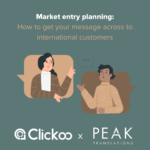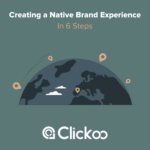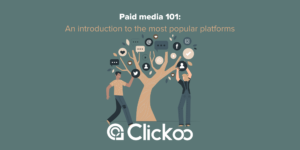
Paid media advertising is a minefield these days. For those new to this type of promotion, it’s often tough to determine the most relevant platforms for their business.
In the UK and US, there are six widely used channels which you have undoubtedly heard of: Facebook, Instagram, LinkedIn, Twitter, YouTube and Google. Their popularity also extends to many other countries in Europe too. But do you know exactly how they work when it comes to advertising?
To help, we’ve written a ‘Paid Media 101’. Read on for an introduction to these platforms, and their different audiences and ad types.

Facebook’s ad types can be sorted into three overarching groups: creating awareness, driving traffic, and pushing conversions. These objectives can feed into a wide variety of goals for your brand. For instance, perhaps you want to widen your reach to your audience, get users to install an app, or encourage individuals to visit your physical location.
There are various ad formats designed to help you achieve these aims. They include:
- Single image (displays one large image alongside text, a headline, a link description and a CTA button)
- Video (these can be short, or even up to 240 minutes long!)
- Stories (a full-screen photo will show for six seconds, or a video for up to 15 seconds)
- Carousel (this will display multiple images or videos, with the option of up to 10)
- Slideshow (Facebook will create a video from multiple static images)
- Collection (a showcase of your product, with the option to promote with a cover photo or video, as well as product images and other relevant details)
- Instant Experience (a full-screen interactive ad which displays up to 20 images or two minutes of video, purely for mobile)
- Messenger (these are Facebook ads promoted in the Messenger app)
- Lead generation (solely for mobile, these comprise of pre-populated forms)
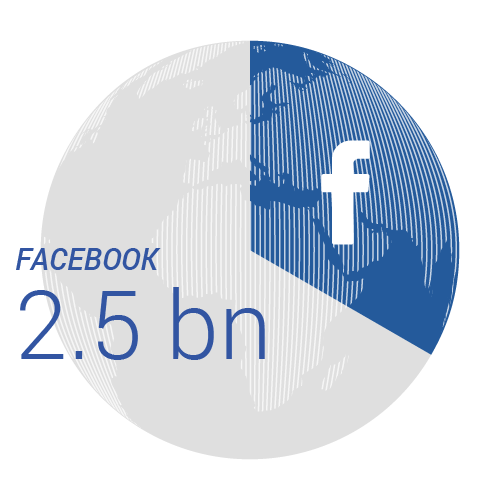
Facebook has the largest reach for ads, being the biggest platform with almost 2.5 billion active monthly users. That’s around a third of the global population. It has an approximate 56% male to 44% female split too.
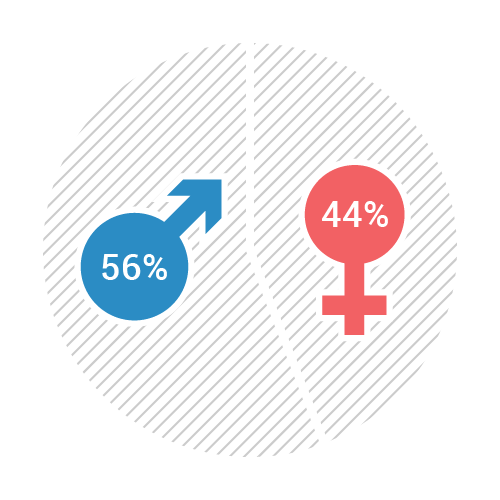
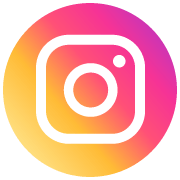
There are around 1 billion people using Instagram on a monthly basis across the world, and 500,000 million daily. Age-wise, those within the 25-34 and 18-24 brackets use the platform the most, making up 30% and 35% of the distribution respectively.
As Facebook owns Instagram, they have the same three overarching types of objective. Their formats are additionally very much alike, but they aren’t identical. There are fewer ad types to choose from on this platform, including:
- Single image
- Video
- Carousel
- Collection (a cover image or video, along with multiple product photos)
- Instagram Stories (these use full-screen photos or videos up to 120 seconds long)

LinkedIn ads have the same intention as Facebook and Instagram (awareness, consideration and conversion), but their ad formats are a little different. They also have more distinct names:
- Sponsored content
- Sponsored InMail
- Text ads
Sponsored content ads are essentially single image ads. Text ads are similar, except they take up less ad space, are located at the top and right of your LinkedIn feed, and don’t necessarily use an image. If they do use a photo, it’s thumbnail-sized at 50 x 50 pixels.
Sponsored InMail, on the other hand, is social advertising meets email marketing. It sends a promotional mailer directly to the LinkedIn user’s inbox – but only whilst they’re actually active on the platform.
In terms of audience, LinkedIn has a global male to female ratio at 57:43. It’s ideal for targeting those who can take action on your ad – with 63 million decision-makers using the platform.
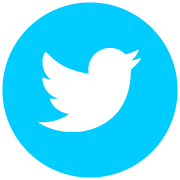
Twitter has a wider variety of objectives than Facebook, Instagram and LinkedIn. These are:
- Driving website clicks
- Encouraging engagements with Tweets
- Boosting followers
- Building awareness
- Promoting app installs
The ads can be created either through Twitter Promote (which automatically advertises Tweets for you) or by using Twitter Ads. The latter gives you the power to build your own campaigns, centred around your objectives. As a result, these can be much more aligned with your business’ ambitions.
Twitter’s audience is a bit harder to dissect. This is chiefly down to the fact that so many accounts belong to companies rather than individuals. So, whilst the gender breakdown is 62% male and 38% female, we can’t take this at face value. Approximately 152 million people in the world can be reached through this platform on a daily basis.
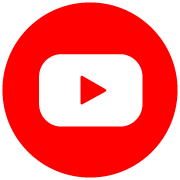
YouTube
YouTube’s audience is around 2 billion adults worldwide. Their ad objectives generally fall under four categories: to push leads, to drive web traffic, to boost product and brand consideration, and to broaden brand reach. The ad formats are:
- TrueView Ads (these ads are skippable after five seconds – they’re usually up to 30 seconds long, although there is the option to run lengthier videos)
- Non-skippable (these videos can run for a maximum of 20 seconds and, as the names suggests, users don’t have the choice to skip them)
- Bumper (these are also non-skippable, but they have a shorter time limit of six seconds)
‘How to’ videos on this platform (and searches for them) have experienced considerable growth, and so become a key part of the customer research journey. If users need to do or learn something, they turn to YouTube.
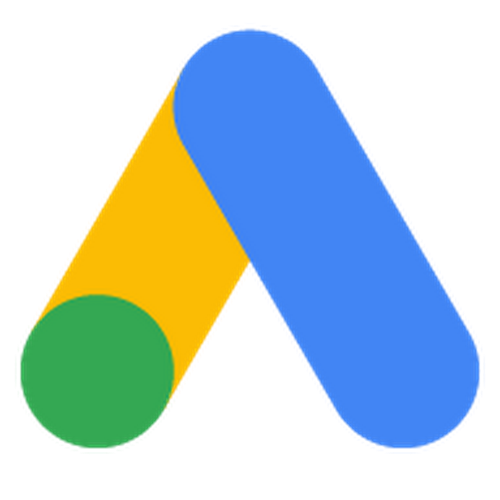
Google Ads
Last, but certainly not least on the paid media spectrum is paid search. Search engines serve to organise and give access to the world’s digital data. They have dominated internet traffic figures since the days of their initial inception and become the de-facto destination for those with questions to answer.
By giving businesses the opportunity to present their offerings to audiences that are actively looking for solutions, search engines have provided a highly effective way to connect with customers just as they are researching a purchase.
The type of ads available on the Search Network include:
- Text ads
- Dynamic Search ads
- Call-only ads
- Shopping ads
- Image ads
- Video ads
It’s undeniably the most popular, but Google isn’t the only paid search platform out there. There’s Bing, Yahoo and DuckDuckGo as well – to name just a few. They’re certainly well worth exploring too. Bing alone has 963.5 million unique visitors every month – worldwide. That’s a huge population to advertise to!
Advertising with these channels
Although these ad channels may be the most favoured in Britain, the US and some other countries, this doesn’t ring true on a global scale. Their prevalence can really vary by country, and there are even territories (China, for example) who don’t have access to platforms like Facebook ads because they are banned.
This is yet another reason why if you’re advertising internationally, localisation always needs to be taken into account. You can never assume what is popular when it comes to international advertising.
When you come to creating your ads campaign, you’ll likely find that localisation can feel like just as much of a minefield as the paid media landscape. It’s more than simply translation – it empowers you to accommodate your audience. And so, it requires a truly tailored strategy, built from audience insights and the broader factors that impact the environment they’re in.
This is one of the most important aspects of an effective paid media campaign. But, as you can imagine, it’s a lot of work.
That’s why many opt to choose to outsource to an agency that’s dedicated to localisation – like Clickoo. Drawing on our extensive paid media knowledge, we can consider localisation at every stage in your campaign to enable fantastic conversations with your audience throughout.
We take the whole complicated task of localisation off your plate, becoming a supportive – and essential – force when it comes to navigating the paid media scene. Through us, you can get the most from your marketing budget and propel business growth.
Cross new boundaries with Clickoo. Get in touch with our team today.
Want to learn how to connect with your audiences via paid media?
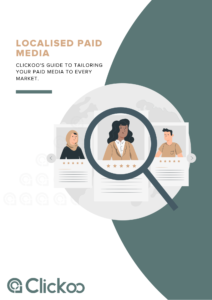
Fill the form below to receive Clickoo’s guide to Localised Paid Media.
